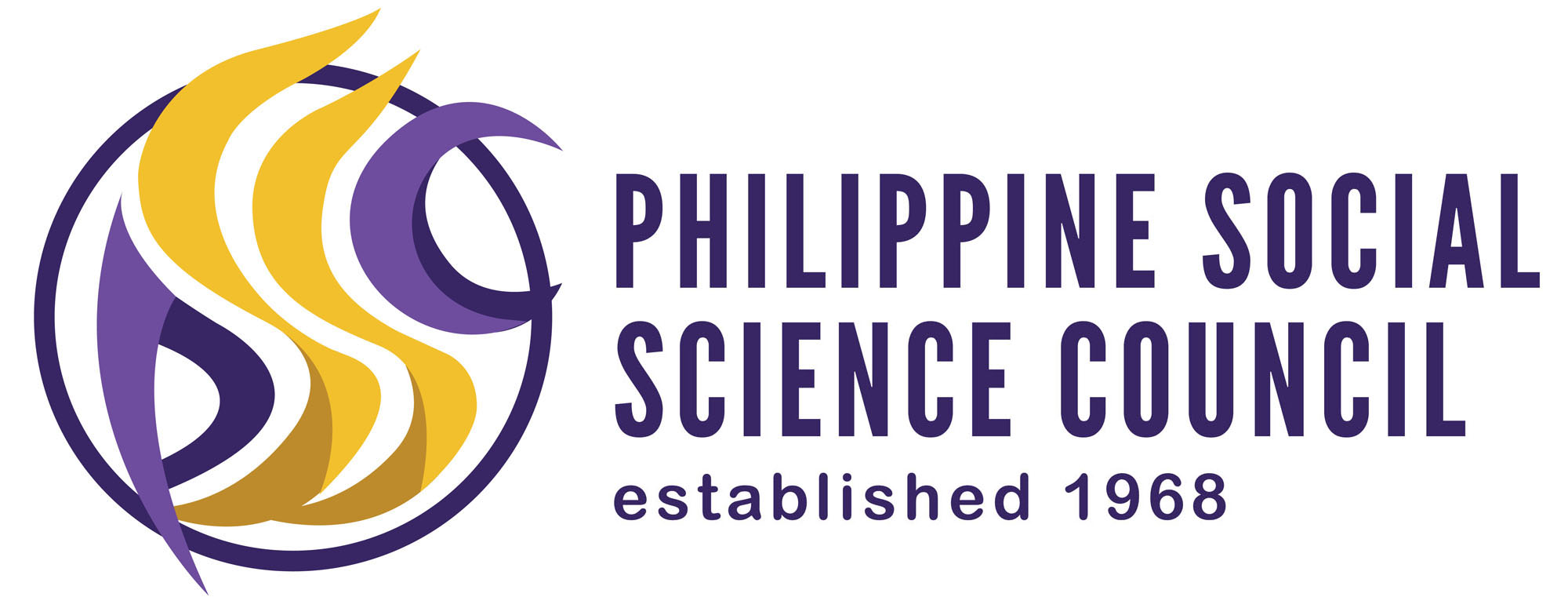PMRN Activities
The Philippines CMAN Project
In 2014-2016, PSSC and PMRN implemented the Capacity-building on Crisis Management and Assistance to Migrant Nationals: The Philippines (CMAN) Project funded by the International Organization for Migration. The project entailed the preparation of a national operations manual and the conversion of the manual into an interactive learning tool that will strengthen the Philippine government’s capacity to respond to emergencies and crisis situations affecting Filipinos abroad.
Background
Filipino migrants have long been confronted with various challenging crises which put their safety and welfare at risk. At present, over 10.4 million Filipino migrants live and work in thousands of different occupational settings in over 224 countries and destinations. Additionally, more than 300,000 Filipino seafarers board and work on foreign flag vessels each year dominating the international seafaring market by over 30%. Filipino domestic workers, who are predominantly women and remain to be the top occupational category of Overseas Filipino Workers (OFWs), work in hundreds of countries and in a variety of households—whether in high-fenced villas in the Middle East or high-rise condominiums in East Asia. Scores of technicians, engineers, construction workers, factory machine operators, and maintenance workers are deployed in military camps and conflict zones as well as strategic high-technology sites, such as petroleum refineries in the Middle East and Africa. Likewise, Filipino laborers can be found in industrial factories where they are exposed to occupational safety and health risks.
Starting from the Gulf War in 1990 through the violent political upheavals and wars which ensued thereafter in Iraq, Afghanistan, Libya, Lebanon, Syria, and Egypt, the capacity of the Philippine government to respond to emergency situations involving Filipino migrants who are caught in these hostile situations has been increasingly challenged. This has been worsened by terrorist threats, adverse consequences of emerging climate change disturbances, earthquakes & tsunamis (such as those that hit Sendai, Japan and Christchurch, New Zealand), epidemic outbreaks (such as SARS and bird flu virus in East Asia), piracy in the high seas (frequently occurring in Somalia), political territorial disputes (such as those involving China and Malaysia), and scores of industrial and cultural disputes. Still, drastic economic downturns and global financial crises lead to job retrenchments which precipitate industrial uprising and labour disputes.
These crises underscore the need to strengthen the ability of Foreign Service officers (FSOs) and staff and other members of the attaché corps, such as labour attachés and welfare officers, of the Government of the Philippines to respond to such critical situations. The sheer number of Filipinos overseas and the limited number of diplomatic, consular and service attache staff demand that all embassy officials are well- equipped to respond to emergencies, which must include the capacity to mobilize resources, engage multi-sector partnerships and coordinate with head offices.
Project Phases
Phase 1. Research, Mapping, and Literature Review
- Draft a research outline, observing the items below, for IOM approval
- Undertake a review of literature on crisis management, including accepted international frameworks, notably IOM’s Migration Crisis Operation Framework (MCOF), good practices from other countries, and existing national protocols and references;
- Collect reports of specific migration crisis events –whether official, published or unpublished reports, media accounts, academic papers, NGO reports or other types of reports.
- Conduct consultations with crisis management experts and incumbent and former labour attachés, welfare officers, foreign service staff, non-government organizations, and IOM staff involved in crisis management operations.
- Participate actively and document proceedings and/or useful information arising out of the series of workshops and consultations involving various stakeholders to be conducted by IOM within the CMAN framework.
- In all of the above processes, undertake to cover all the types of migration crises enumerated in paragraph 2 of the Background section.
Phase 2. Drafting of the National Migration Crisis Operations Manual (NMCOM)
- Draft a detailed outline of the NMCOM which depicts background readings, cases studies, quizzes and exercises and submit for IOM approval;
- Conduct writing workshops to draft the manual in accordance with the approved outline, utilizing relevant data gathered;
- Circulate draft to members of the Project Steering Committee and other relevant stakeholders for comments and further inputs.
- Subject the draft of the NMCOM for validation
- Finalize manual and obtain IOM approval.
Phase 3. Production of the Online Interactive Training Tool (ITT)
- Design and develop an interactive training tool which can be produced in CD-ROM and/or accessed and operated online, based on the final IOM-approved draft manual;
- Refine and finalize the online tool after an iterative process of validation and quality control with identified experts and stakeholders.
- Participate in launching the tool
